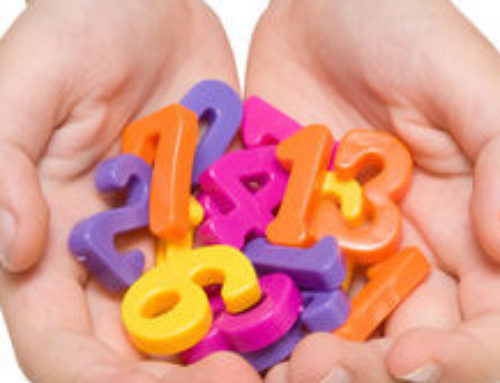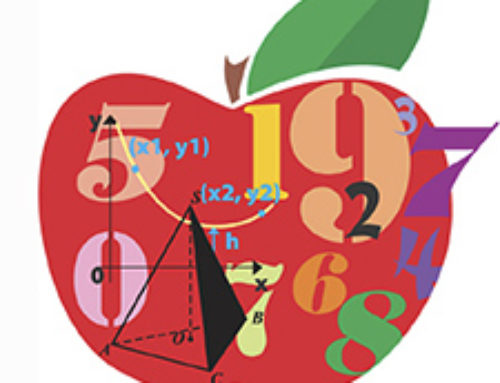
The first National Math Festival took place in Washington, DC, on April 18, 2015. The event was organized by the Mathematical Sciences Research Institute (MSRI) and the Institute for Advanced Study (IAS) in cooperation with the Smithsonian Institution.
With more than 20,000 math enthusiasts in attendance, the festival began a few days early, starting with a Twitter challenge: #ispymath. The goal—to spot math in your everyday life—earned the festival dozens of posts from followers ranging from schoolchildren to companies such as Scholastic. On festival day, the Math Midway featured 20 interactive exhibits for festival-goers to participate in and to explore. For those interested in exercising their minds as well as their bodies, the Ooblek Olympics was open for participants to create small teams and tackle a variety of “mathletic” challenges. Other events included Geometric Origami and the Who Wants to Be a Mathematician contest, offered by the American Mathematical Society (AMS). The top prizewinner of this game earned $3,000!
Though the National Math Festival had a clear mathematical focus, books outside the typical textbook realm were also incorporated into the day. The MSRI and the Children’s Book Council (CBC) joined together to create the Mathical: Books for Kids from Tots to Teens book prizes. Open to submissions from fiction and nonfiction authors, the prizewinners of the inaugural event were: in the pre-K category, Have You Seen My Dragon? by Steve Light; in the grade K–2 category, One Big Pair of Underwear by Laura Gehl; in both the grade 3–5 and grade 6–8 categories, Really Big Numbers by Richard Evan Schwartz; and in the grade 9–12 category, Nearly Gone by Elle Cosimano.
Each winner was recognized during a press conference at the Mount Pleasant Library in Washington, DC. The winning titles are also going to be made available to schools through the MSRI and the CBC’s partnership with First Book, a company whose focus is to provide books to children in need. To date, First Book has distributed more than 130 million books to children throughout Canada and the United States.
The day of mathematical engagement also included presentations and select events like Knots and DNA, Black Girls Code and How Not to Be Wrong for festival attendees to join. How Not to Be Wrong, presented by Dr. Jordan Ellenberg, got to the very heart of the National Math Festival’s mission—to show how interesting math can be and how it is used in daily life events, ranging from playing baseball to posting on Facebook.
Interested in the second National Math Festival? It’s already in the works, tentatively scheduled for April 2017 in Washington, DC!
Did You Know?
The equals sign first appeared in the book The Whetstone of Witte, written by mathematician Robert Recorde in 1557. Recorde’s equals sign had lines that were significantly longer than the lines used today, which were shortened and made popular in the 1700s.




